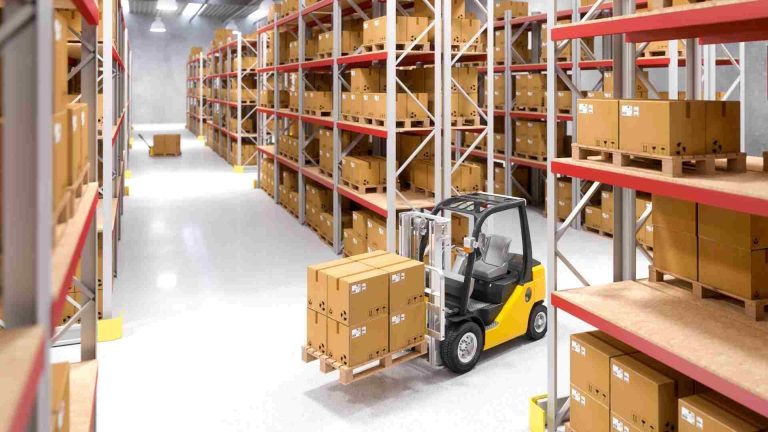People are becoming more aware of their impact on the environment as awareness of climate change has expanded with carbonclick.com check out their website for more information.
Our personal carbon footprints frequently consist primarily of emissions from transportation. This makes assessing transportation options a logical first step, whether it is for a commute to work or a vacation abroad.
What travel method is the most environmentally friendly?
The aforementioned infographic uses information from the UK Government’s methodology document for greenhouse gas reporting to show the carbon footprint of transportation per passenger-kilometre for various vehicles.
In grammes of carbon dioxide (CO2) equivalents emitted per passenger to go one kilometre, the carbon footprint of transportation is calculated. This covers bothalong with other greenhouse gases.
The two forms of transportation that produce the most carbon dioxide is flying and solo driving. However, increasing the number of occupants in your vehicle reduces emissions by half and improves fuel economy.
Since the following flight types’ emissions are significantly influenced by the length of their routes, it is worthwhile to further divide them down:
Short Flights: For instance, flights inside a U.S. state or domestic flights within a European nation have the greatest carbon footprints per passenger.
Medium Flights: International flights inside Europe or flights between U.S. states, for instance, have considerably lower carbon footprints per passenger.
Long Flights: The lowest carbon footprint per passenger is on flights longer than 3,700 km (2,300 mi), or roughly the distance from Los Angeles to New York.
why isFar more environmentally friendly than short-haul flights are longer flights. It’s because take-off requires a lot more energy than flight’s “cruise” phase. The effective cruise phase is not very long for short flights.
Getting More Travel for Less
People may desire to determine and maybe lower their daily carbon footprint as the globe attempts to decrease the effects of climate change. And one way to achieve this is by selecting your mode of transportation.Of course, the lowest-carbon modes of transportation are walking, biking, and running. However, using public transportation or transitioning to electric vehicles can also reduce pollution.
Driving is more environmentally friendly than flying for short-distance domestic travel, whereas railways are more environmentally friendly across medium to long distances. Butalways take into account the length of your trip and the range of your selections, as some countries are larger than others.























